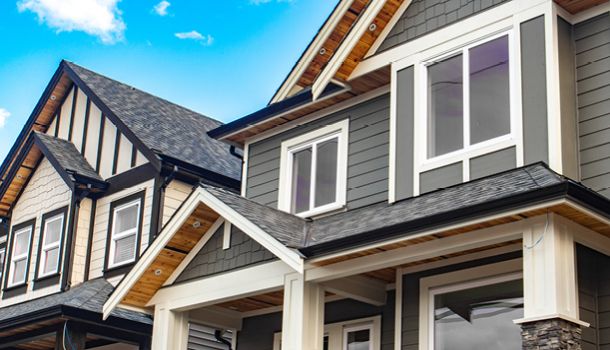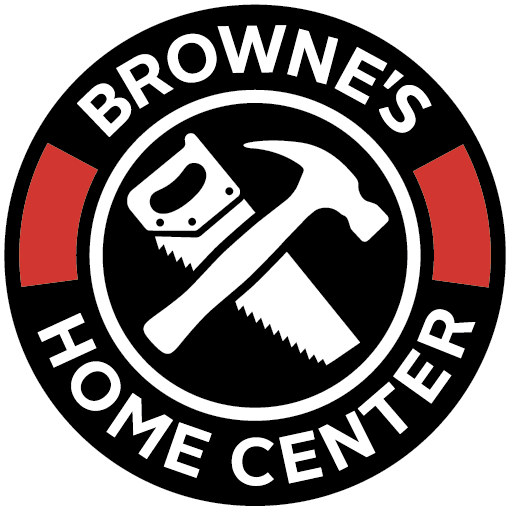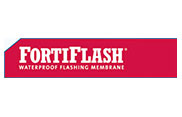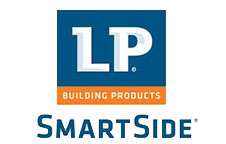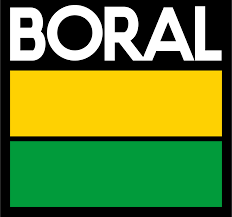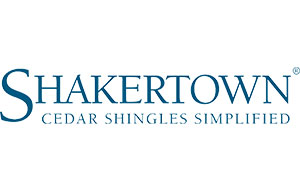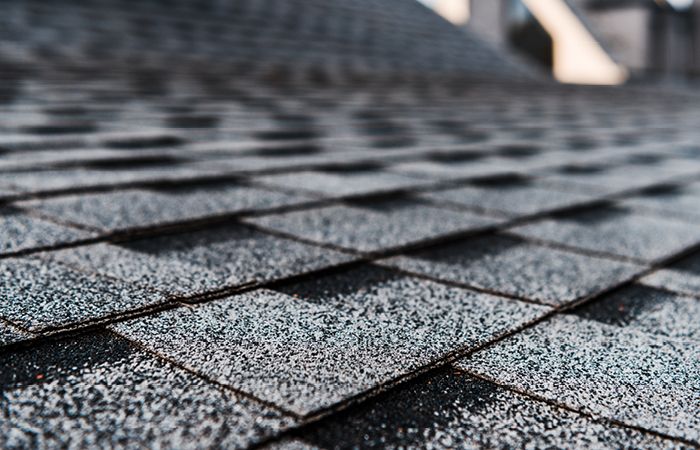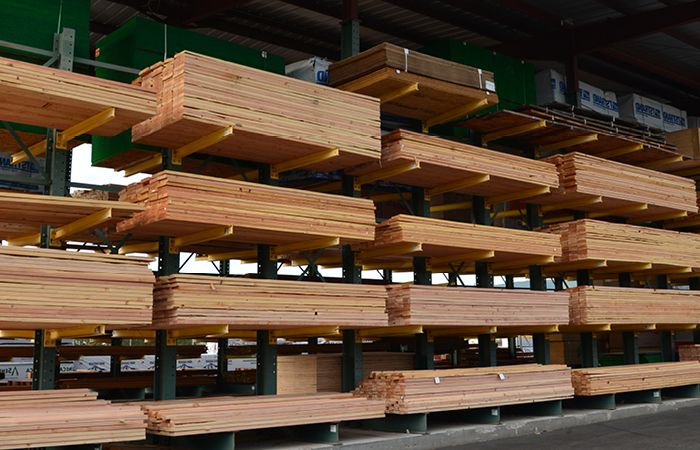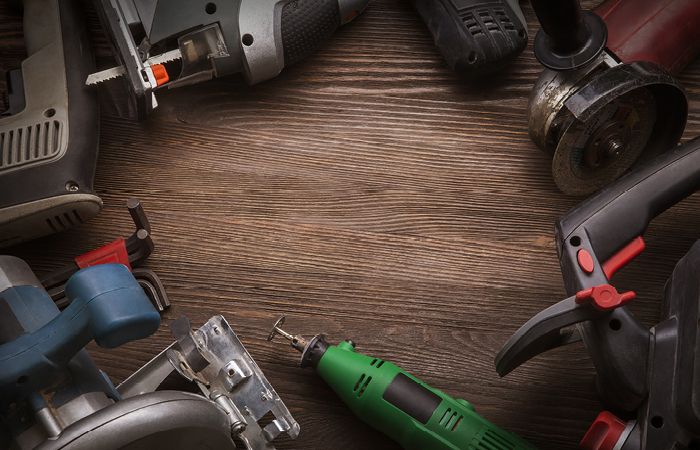We know you want the best siding for your house, and we can help. Siding comes in many materials, styles, and colors, including wood, fiber cement, engineered, and metal, with prefinished siding available as well.
Engineered Wood: Engineered wood siding is made from fibers that are bound together with special resins. It’s typically treated with a zinc solution to prevent rot and termite damage over the years.
Engineered wood siding options are superior to natural wood siding in a number of ways. For starters, it’s cheaper and takes less time to install since it often comes in longer lengths. Most come pre-primed, ready to be painted, but you can also get them prepainted in some areas of the country. You can purchase lap, panel, trim, or even cedar-textured shakes. The lap and trim come in either a smooth or natural wood grain finish. If you’re looking to match an existing wood grain texture, it’s important to note that different manufacturers of each of the below products use different patterns, so shop around and find the one that most closely matches your home. The main caution with engineered wood siding is that any cuts need to be re-primed and painted before installation.
Vinyl: One of the most popular wood siding alternatives around, vinyl siding, is typically made of PVC (polyvinyl chloride). The most common kind of vinyl siding that you’ll see on newer homes comes in pre-formed panels that imitate the look of traditional clapboard siding. These panels are attached to the sheathing and overlap to prevent leaks.
As far as upsides go, PVC siding options are incredibly affordable and easy to install and replace on any home. It also comes in a wide array of styles and colors to complement many different architectural schemes. The big problem with PVC siding is that it can crack or break easily (especially as it ages) and you definitely don’t want to get your grill too close because it can melt or warp.
Metal: Once commonly found on pre-fabricated starter homes in the 1950s, metal siding is making a comeback as of late. Steel and aluminum are the most common types of metal siding you’ll find at the local home improvement store. Modern metal siding can be had in an array of designs and colors to match any older home.
The big selling point of metal siding is its resistance to corrosion, rot, termites and fire. It’s also a “green” option since it’s often made from recycled materials and won’t end up in a landfill after it has served its purpose. The big downside of metal siding is its vulnerability to dents from relatively mild trauma.
Stucco: Generally speaking, stucco is a mixture of sand, water and a little cement that’s slathered onto exterior sheathing and allowed to cure. While it’s most commonly seen in hot climates, stucco can be successfully installed in colder areas when mixed and applied properly. This particular siding option is often found adorning Mediterranean-style homes as well as some bungalows.
Stucco is incredibly popular in certain environments due to its durability and low maintenance requirements. A stucco exterior can last at least 50 years. What’s more, cracks in the facade can be easily patched when they crop up. It’s also a fairly “green” siding material since none of the ingredients are heavily processed or refined. The bad news is that the thermal retention qualities of stucco make it a poor choice in cold areas.
Fiber Cement: Fabricated from wood fibers, cement, sand and clay, fiber cement is like a mix between stucco and engineered wood. It can come in shingles, clapboard planks and even structural panels depending on your plan for using fiber cement as a siding option. While it’s a relatively new wood siding alternative, it has become increasingly popular with homeowners in recent years.
For older homes with sturdy framing, fiber cement siding is a great option in light of its resistance to rot and pests. Since it’s a formed material, fiber cement siding can be made to resemble any other type of siding on the market. On the flip side, fiber cement can be a bit expensive at roughly $10 per square foot and has special considerations for installation (special saw blades and dust masks required) and handling given its brittleness and weight.
Brick: The kind of brick siding typically installed on older homes is really a veneer similar to stone or fiber cement. Homeowners and contractors slap it up in panels by bolting it directly to the frame of the building. While it’s possible to lay down brick siding piece by piece, this method doesn’t always make sense for pre-existing homes.
The great thing about brick veneer is that it lasts a long time with little or no maintenance. Brick siding is also highly resistant to fire, mold and termites. Unfortunately, it’s a fairly expensive material that will probably cost at least $10 per square foot. It’ll also need to be re-mortared from time to time.
Stone Veneer: Much like any other kind of veneer siding, stone veneer is made up of thin slices of material affixed to a backing. Stone veneer can be made out of limestone, granite or slate depending on the preferences of the client in question. Installation professionals typically apply a layer of stucco-like mortar to exterior sheathing and press the stone pieces into place one by one.
Natural stone veneer is a virtually indestructible siding that can take a pounding from the elements without breaking down. It also looks like a solid stone wall without the cost associated with building one. When installed correctly, it doesn’t require a lot of maintenance. However, it is a heavy material that’s more expensive than fiber cement.
Wood: Wood sidings offer the warmth of natural wood aesthetics and allow the homeowner the option to maintain that look with a variety of stain profiles in addition to more traditional paint finishes. For traditional wood materials, there are two main styles: Panels and Planks.
- For Panels we offer a variety of styles, with the most common being rough-sawn texture. An added benefit of using panels is the ability to mix in ‘board and batt’ styling which is a very popular farm-house look.
- For Plank siding we can provide a wide array of profiles to meet your aesthetic vision. Whether it is standard bevel, or the clean lines of channel, we can help you zero in on the look of your dream home.
The cost of wood siding can vary significantly depending on the style, profile, and lumber grade used and can be more susceptible to weathering over time than other materials if not maintained properly. But nothing quite matches the look and feel of real wood and is often still the choice for many homeowners.
